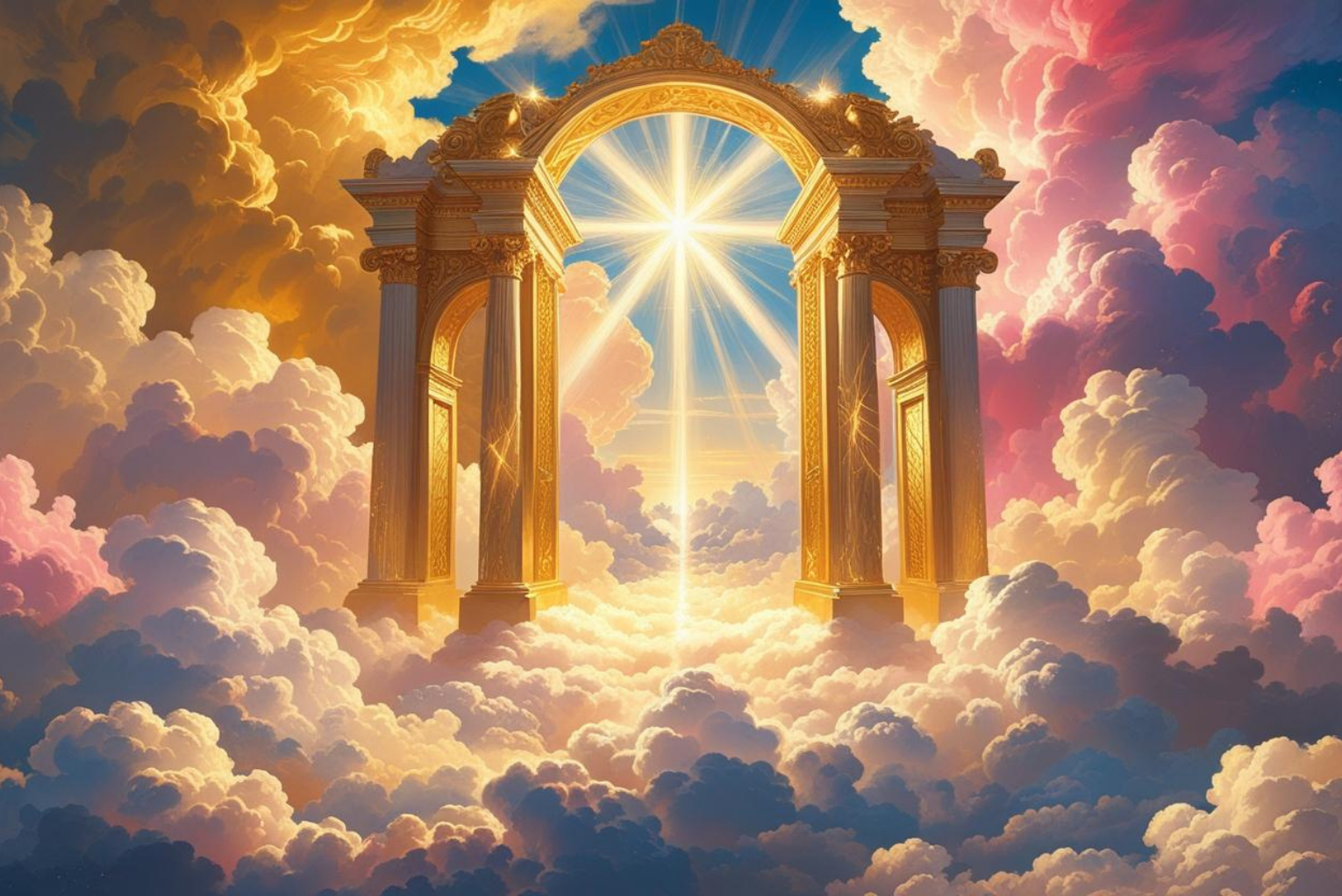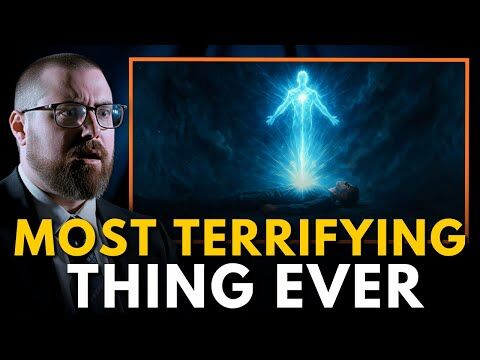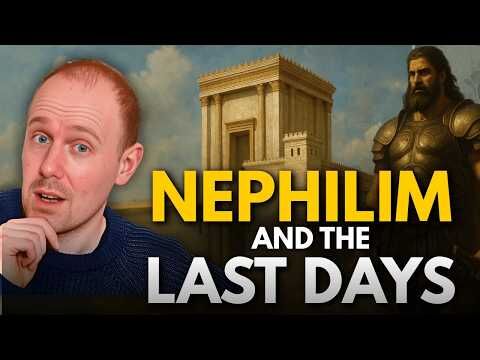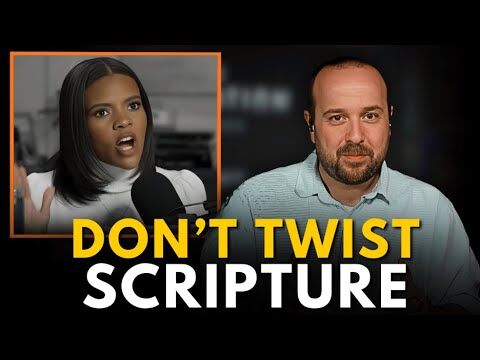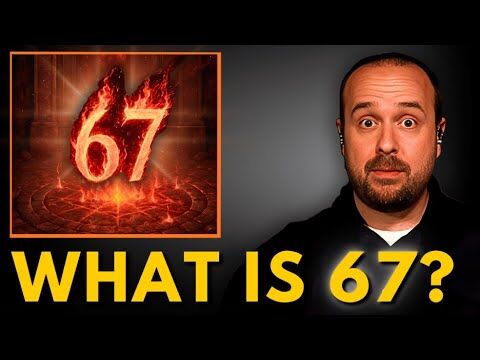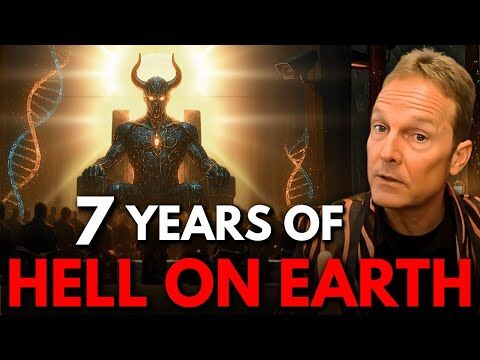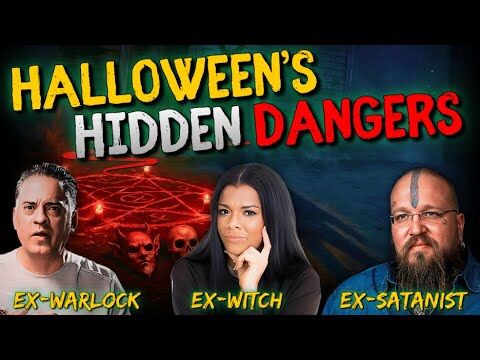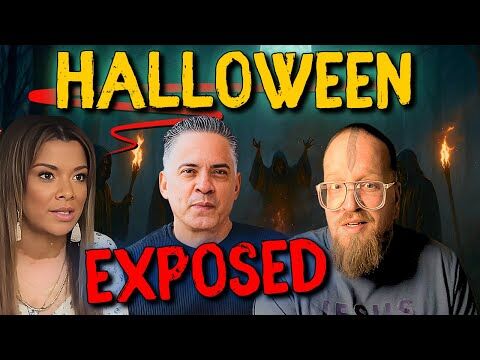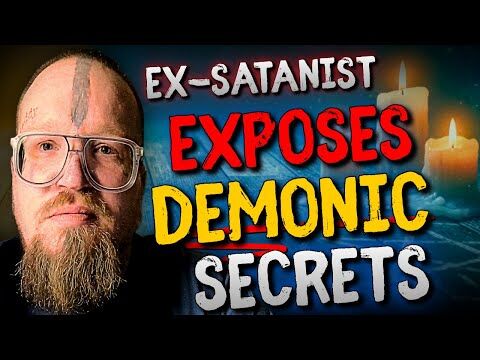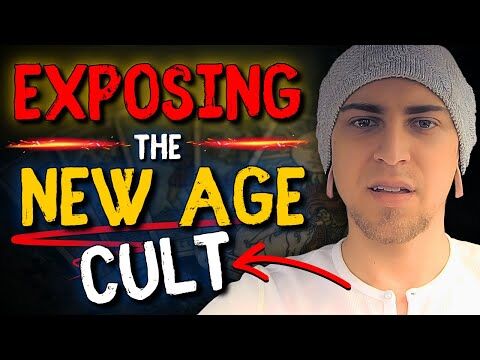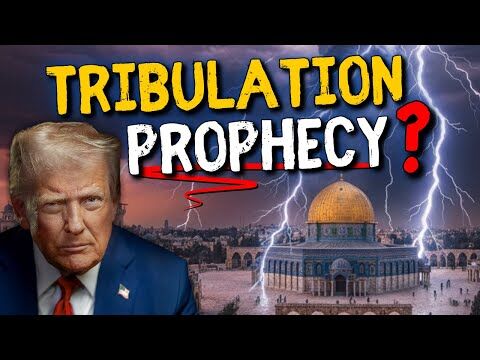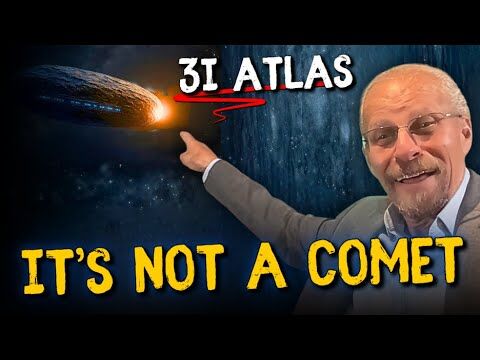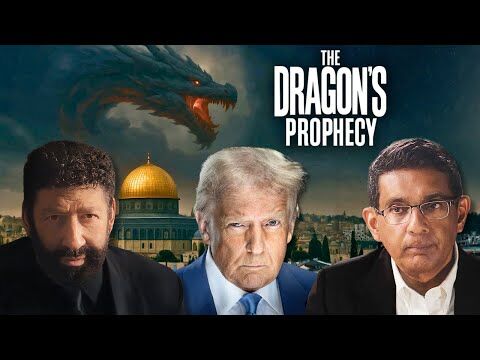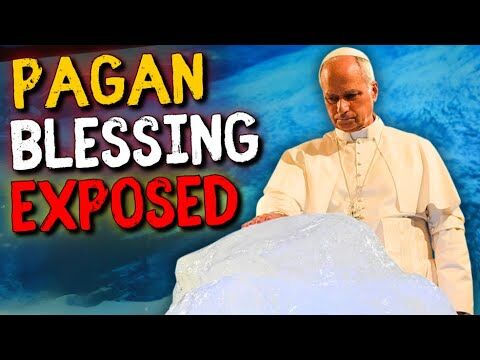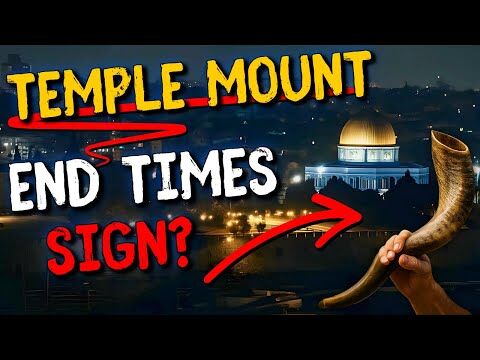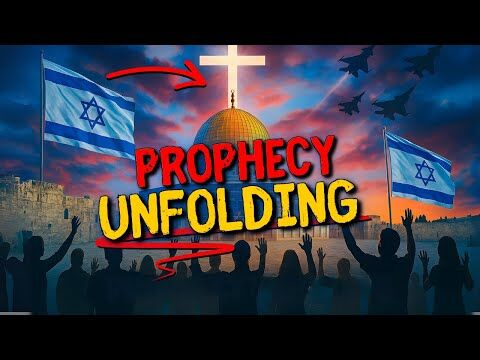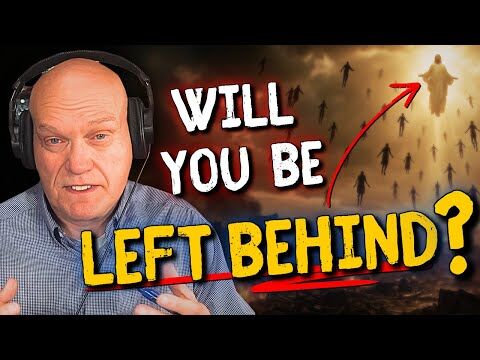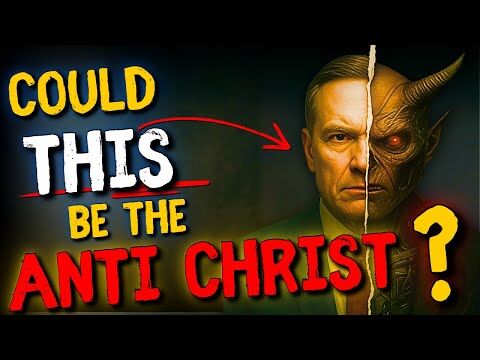The purpose of this article is not to promote a particular viewpoint (such as a pre-tribulation, mid-tribulation or post-tribulation rapture) nor is it to promote a pre-wrath rapture perspective (nor a pre-, post- or a-millennial perspective).
Its purpose is simply to present what Jesus said would occur in sequence in Matthew 24:29-31. What He said is intended for us to understand and accept without theological prejudice. Some who read various passages such as the Olivet Discourse may not realize that they are reading it with their own bias. Yet essential biblical interpretation involves letting biblical writers set forth their view in the culture and time those passages were written.
The context of Matthew 24 is not insignificant. Jesus left the temple, and He does not return, at least as Matthew has reported it. Jesus was displeased with the religious leaders. They rejected Him and were about to lead the Romans to Him in order to have Him crucified. And he knew that a bitter fate awaited Jerusalem, just one generation later. The disciples, on the other hand, did not know this, nor could they.
So, in defense of the temple, they approached Him and called His attention to the splendor of the temple buildings (Matt. 24:1). After all, Zerubbabel and Ezra themselves had been deeply invested in the rebuilding of this temple (Ezra 6:15). Herod the Great had expanded the temple enormously, and even the emperor Titus (who would oversee its destruction in A.D. 70) considered it to be one of the wonders of the ancient world. For nearly a thousand years, Jewish life had centered on this temple. Jews swore by the temple (Matt. 23:16) and thought it blasphemy even to speak negatively of it (Acts 6:13).
So, Jesus replied to the disciples: “Do you not see all these things? Truly I say to you, not one stone shall be left here upon another that shall not be thrown down” (Matt. 24:2). Then he proceeded to the Mount of Olives outside the temple grounds and sat down. His disciples followed and joined him, asking three questions: “Tell us, when will these things be, and what will be the sign of Your coming and of the end of the age?” (Matt. 24:3).
Jesus answered the first question in Matt. 24:9-14, as he described to the audience what would occur between the ascension and the end of the age, which included the destruction of this second temple that stood before them. Jesus interpreted the coming of the Son of Man as the destruction of the second temple. He said, “Then they will hand you over to be persecuted and will kill you. And you will be hated by all nations for My name’s sake. Then many will fall away, and betray one another, and hate one another. And many false prophets will rise and will deceive many. Because iniquity will abound, the love of many will grow cold. But he who endures to the end shall be saved. And this gospel of the kingdom will be preached throughout the world as a testimony to all nations, and then the end will come.”
Then Jesus answered the second and third questions in Matthew 24:15-31, revealing the sign given before the “second coming” and the end of the age, and referencing Daniel 11:31: “So when you see the ‘abomination of desolation,’ spoken of by Daniel the prophet standing in the holy place (let the reader understand) …” (Matt. 24:15). This editorial comment, “let the reader understand,” places the event in the time of the ancient reader. Though Jesus’ prophecy is echoed by the apostle Paul in 2 Thessalonians 2:3-4, the timing of his prophecy was pertinent to those actually reading Matthew and Mark just after these Gospels had been written.
The abomination of desolation is the main sign, along with their warning to flee in Matthew 24:16-20. It is the consummation of everything in Daniel 9:27. Antiochus Epiphanies (a second century B.C. Syrian king who fought vehemently against the Jews) served as a type of anti-Christ, whom we read about in Daniel 11:31. The abomination of desolation serves as the indicator of the end of the age in Daniel 12:11. It marks the revelation of the “man of sin” in 2 Thess. 2:3-4, and it is related to the image of the beast in Revelation 13:14-15. After that, the sign of the Second Coming occurs as “lightning” in Matthew 24:27 and 30. These materials run across the synoptics and refer to the same event.
It is helpful that Jesus prefaced His chronology of end-times events with the warning that someone might deceive them in some way with respect to them (Matt. 24:11). After all, not all seven tribulation and millennial viewpoints listed above can be true. In addition, charlatans will try to manipulate this passage for their own selfish purposes. So, Jesus tells them that He will be clearly seen by all who are alive at the time of His return, just as lightning flashes from the eastern skies to the west (Matt. 24:27). Only those who do not understand this passage might be candidates for deception.
The synoptic Jerusalem passages are important to compare and contrast because Luke brings clarity, quoting Jesus in saying: “I tell you, on that night two men will be in one bed; the one will be taken and the other will be left. Two women will be grinding grain together; the one will be taken and the other will be left. Two men will be in the field; the one will be taken and the other will be left.” They asked, “Where, Lord?” He replied, “Where the body is, there the eagles will be gathered together” (Luke 17:34-37). Both Matthew and Luke mention ἀετοὶ, meaning “vultures.” Though some people prefer the term “eagles,” eagles are a type of vulture, part of the Accipitridae family of birds of prey with strongly hooked bills, and do not gather.
Furthermore, Greek words have a semantic range that needs to be captured in English translation, and context is crucial to determining which translation provides the most suitable meaning. In this instance, the Greek means “vultures,” which is most suitable.
Jesus treats the taking away event as a judgment, and the one left behind as the one who is spared—which runs contrary to how the majority of the church today reads this passage in popular, Western Christian culture. Also, he places the event before the Second Coming (Matt. 24:30). Jesus’ chronology leads the audience to the gathering of the chosen ones in Matthew 24:31: ἐπισυνάξουσιν τοὺς ἐκλεκτοὺς (episynaxousin tous eklektous, meaning “they will gather together the elect” or “chosen ones”). Certain implications present themselves and are present within the Bible itself:
First, “Immediately after the tribulation of those days, ‘the sun will be darkened, the moon will not give its light; the stars will fall from heaven, and the powers of the heavens will be shaken'” (Matt. 24:29).
Second, “Then the sign of the Son of Man will appear in heaven. And then all the tribes of the earth will mourn, and they will see the Son of Man coming on the clouds of heaven with power and great glory” (Matt. 24:30).
Third, “And He will send His angels with a great sound of a trumpet” (Matt. 24:31a).
And fourth, “And they shall gather His elect from the four winds, from one end of the heavens to the other” (Matt. 24:31b). This appears to be a gathering of the chosen ones who are already in the heavens.
Rather than over read what Jesus said, let’s focus on what He said specifically through the interpretation of the Gospel writer himself. And let’s be of an agreeable spirit in the body of Christ without forcing our interpretations on others, as we stay aware of the sign of Jesus’ return—which all who are alive at that time will see and must prepare for.
We have entered uncertain times today, and we need spiritual unity to get through these difficult times. Taking to heart what Jesus said will help us not only to prepare for these times at hand but also for what may (or may not) be imminent. We can prepare by changing our minds about lifestyles that fall short of biblical standards of life and conduct—by righting the wrongs we have committed against others, by taking on a joyful disposition regardless of circumstances and by obeying Scripture in all things as best we know how.
This necessitates daily prayer and meditation on God’s Word. {eoa}
James F. Linzey studied church growth under C. Pete Wagner, and signs and wonders under John Wimber, at Fuller Theological Seminary. He ministered under Wimber on the Anaheim Vineyard’s Large Ministry Team, and is the chief editor of the Modern English Version (MEV) Bible.
Read articles like this one and other Spirit-led content in our new platform, CHARISMA PLUS.



